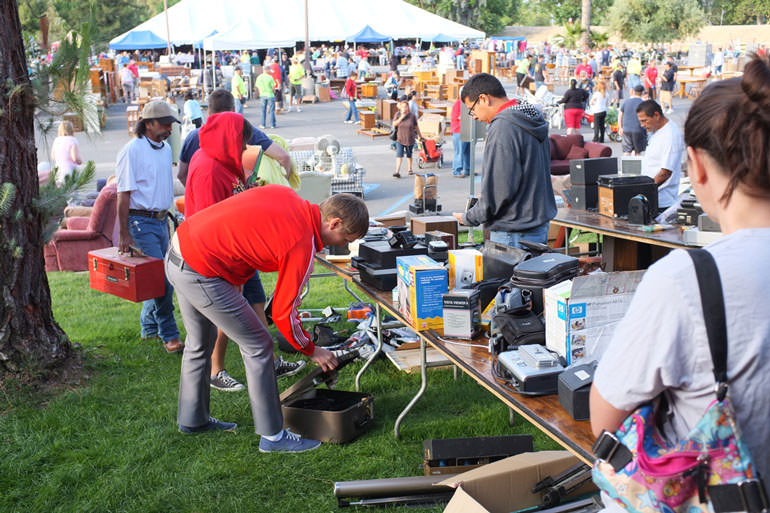Overview of the Event
The event widely known as the 127 Yard Sale holds the distinction of being the longest yard sale in the world. Recognized for its extraordinary length and scale, it stretches nearly 700 miles, drawing participants and visitors from across the country.
This unique gathering takes place annually in early August and lasts for four days. Sellers set up along the roadside, offering items ranging from antiques and tools to crafts and household goods. The route follows Highway 127, running from Gadsden, Alabama, to Addison, Michigan, covering multiple states and small towns.
Scope and Scale of Participation
Unlike typical neighborhood sales, this event spans a multistate corridor and attracts hundreds of thousands of visitors. The number of vendors and the volume of goods available make it a notable example of large-scale community commerce. Participants often travel the route by car, browsing from site to site and stopping at locations that catch their interest.
The environment is informal but well-traveled. Buyers often engage in price negotiations, with many items sold through friendly bargaining. The experience combines local culture, secondhand commerce, and roadside exploration.
Cultural Significance
The 127 Yard Sale reflects a longstanding tradition of informal trade and community gathering. The event represents more than a commercial exchange. It offers a glimpse into regional character, with residents and travelers interacting through shared interests and local stories.
Visitors often describe the journey as a moving cultural experience. The sale provides opportunities to explore rural roads, discover unique finds, and connect with people along the way.
Summary
The 127 Yard Sale continues to stand out as a major event rooted in grassroots community participation. Its length, scale, and regional charm contribute to its status as one of the most distinctive outdoor markets in the country. Travelers seeking a blend of culture, commerce, and roadside discovery often consider it a destination worth exploring.
